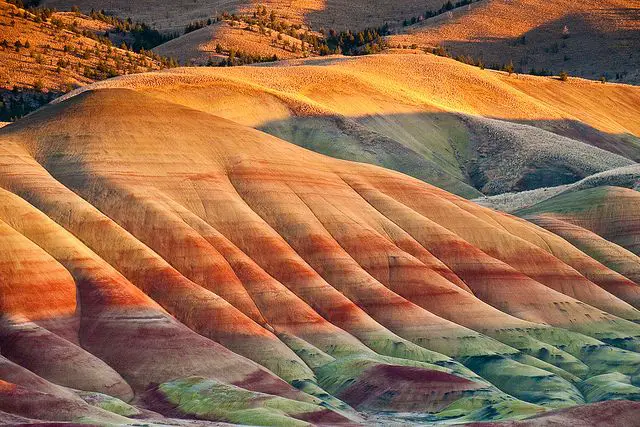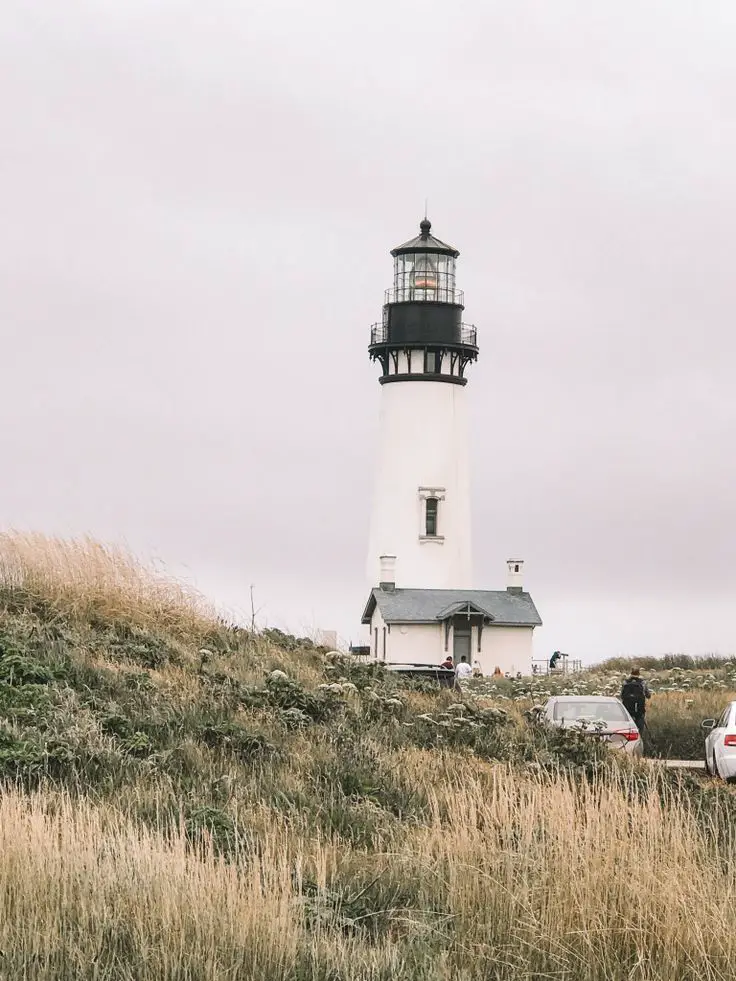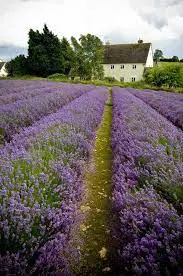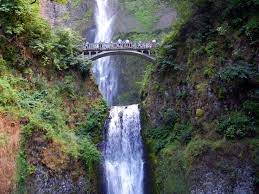Nestled in the heart of Oregon, the Painted Hills stand as a geological masterpiece, showcasing nature’s vibrant palette in a surreal landscape. This captivating destination, part of the John Day Fossil Beds National Monument, offers a journey through time and color. In this comprehensive guide, we will explore the enchanting allure of Oregon’s Painted Hills, providing you with the essential information to embark on an unforgettable adventure.
1. The Geological Symphony of Colors
The Painted Hills, with their vivid hues of red, gold, black, and tan, present a breathtaking spectacle that seems almost otherworldly. These colors are a testament to the ancient volcanic activity and changing climate that shaped the landscape over millions of years. Iron and other minerals in the soil have created a living canvas that evolves with the shifting light throughout the day.
2. The Best Time to Visit
Choosing the right time to experience the Painted Hills is crucial for capturing their true essence. While the area is accessible year-round, the best times to visit are during the spring and fall. Spring brings a burst of wildflowers, complementing the already vibrant landscape. Fall offers cooler temperatures and the chance to witness the hills bathed in the warm hues of autumn. Summers can be hot, and winters can bring chilly temperatures, so plan accordingly based on your preferences.
3. Exploring the Painted Hills Unit
The John Day Fossil Beds National Monument comprises several units, and the Painted Hills Unit is the star attraction. Here, a network of well-maintained trails and viewpoints allows visitors to explore the hills up close. The Painted Cove Trail is a popular choice, offering a 0.25-mile loop that takes you through undulating hills adorned with brilliant colors.
4. The Carroll Rim Trail: A Panoramic Vista
For a more extensive exploration, consider the Carroll Rim Trail. This moderate 1.6-mile hike takes you to the top of the Carroll Rim, providing a panoramic view of the entire Painted Hills basin. The effort is rewarded with breathtaking vistas that stretch for miles, showcasing the geological wonders below.
5. The Red Scar Knoll Trail: Unearth the Past
Immerse yourself in the region’s rich paleontological history by hiking the Red Scar Knoll Trail. This 1.3-mile loop offers glimpses of fossilized remains, allowing you to connect with the ancient past of this unique landscape.
6. Where to Stay: Mitchell and Beyond
While the Painted Hills themselves don’t have accommodations, the nearby town of Mitchell serves as a convenient base for exploration. Mitchell offers a range of lodging options, including motels and cozy bed-and-breakfasts. For those seeking a more immersive experience, camping is available in the national monument’s designated areas.
7. Practical Tips for Your Visit
- Bring Ample Water: The high desert climate can be arid, especially during the summer months. Ensure you stay hydrated by bringing plenty of water on your explorations.
- Sun Protection is Essential: The sun in Central Oregon can be intense. Pack sunscreen, a wide-brimmed hat, and sunglasses to protect yourself from the sun’s rays.
- Trail Etiquette: Stay on designated trails to protect the delicate ecosystem, and remember to leave no trace. The fragile landscape of the Painted Hills is a testament to the need for responsible tourism.
- Check Road Conditions: Before embarking on your journey, check road conditions, especially if you plan to visit during the winter months when snow may impact accessibility.
FAQs
Q1: How were the Painted Hills formed?
The Painted Hills were formed through a combination of volcanic activity and climatic changes over millions of years. The unique colors result from the presence of minerals like iron and magnesium in the soil.
Q2: Can I bring my pet to the Painted Hills?
While pets are allowed in the John Day Fossil Beds National Monument, they must be kept on a leash. Some trails may be off-limits to pets, so check trailhead signs for specific regulations.
Q3: Are there guided tours available?
While there are no guided tours within the Painted Hills themselves, rangers at the Thomas Condon Paleontology Center in the Sheep Rock Unit offer informative talks and programs. Self-guided exploration is encouraged, and trail maps are available.
Q4: What other attractions are nearby?
The John Day Fossil Beds National Monument comprises several units, each with its own unique features. The Sheep Rock Unit and the Clarno Unit are also worth exploring for their geological wonders and fossil exhibits.
Q5: Are the Painted Hills accessible for all visitors?
The Painted Hills Unit offers accessible viewing areas, providing everyone with the opportunity to enjoy the stunning landscapes. Some trails may have uneven surfaces, so it’s advisable to check trail descriptions for accessibility information.
Conclusion: A Timeless Journey Through Nature’s Palette
The Painted Hills of Oregon beckon those seeking a rendezvous with nature’s artistry. With colors that seem to dance in the changing light, this geological wonder invites you to step into a world frozen in time. As you traverse the trails and bask in the splendor of the Painted Hills, remember that this is more than a destination—it’s a journey through the ages, a connection to the Earth’s ever-evolving story. So, pack your sense of wonder and embark on a mesmerizing odyssey to Oregon’s Painted Hills, where time, color, and nature converge in a symphony of breathtaking beauty.



